In a new study, astronomers used NASA’s James Webb Space Telescope to study a red dwarf star weighing just one-tenth as much as our Sun. No known planets have formed around this young star yet, which is just one to two million years old. The team found that the gas in the planet-forming region of the star is rich in carbon-bearing molecules.
Tag: Planets
Study shedding new light on Earth’s global carbon cycle could help assess liveability of other planets
Research has uncovered important new insights into the evolution of oxygen, carbon, and other vital elements over the entire history of Earth – and it could help assess which other planets can develop life, ranging from plants to animals and humans.
A new beginning: The search for more temperate Tatooines
Luke Skywalker’s childhood might have been slightly less harsh if he’d grown up on a more temperate Tatooine — like the ones identified in a new, Yale-led study.
SwRI scientists find evidence of geothermal activity within icy dwarf planets
A team co-led by Southwest Research Institute found evidence for hydrothermal or metamorphic activity within the icy dwarf planets Eris and Makemake, located in the Kuiper Belt.
Researchers spying for signs of life among exoplanet atmospheres
The next generation of advanced telescopes could sharpen the hunt for potential extraterrestrial life by closely scrutinizing the atmospheres of nearby exoplanets, new research suggests.
Source of electron acceleration and X-ray aurora of Mercury ̶ local chorus waves detected
Since Mercury is the closest planet to the Sun among the solar system planets, it is strongly influenced by the solar wind, a high-speed (several hundred km/s) stream of plasma blowing from the Sun.
How Radio Astronomy Sees Magnetic Fields
Many objects in the Universe have magnetic fields. Planets such as Earth and Jupiter, the Sun and other stars, even galaxies billions of light years away.
When the First Stars Turned On: The Origins of the Universe
All stories start somewhere – even the incomprehensibly vast expanse above us has a beginning. Scientists have long studied the cosmos, searching for answers to the “how’s” and “why’s” of life, and that effort continues to this day. From concepts such as ‘Cosmic Dawn’ and ‘redshift,’ UNLV astronomer and computer scientist Paul La Plante focuses on topics that improve our understanding of where it all began.
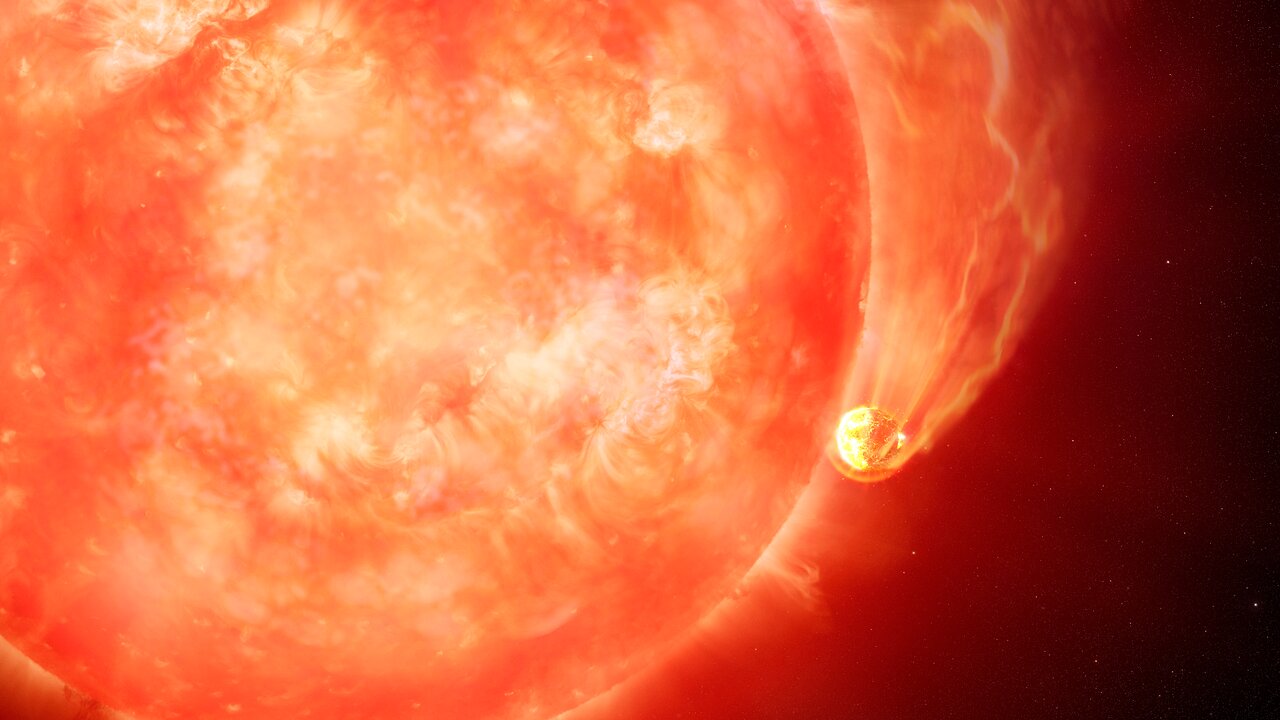
Astronomers Witness Star Devouring Planet: Possible Preview of the Ultimate Fate of Earth
Astronomers using the Gemini South telescope in Chile, operated by NSF’s NOIRLab, have observed the first evidence of a dying Sun-like star engulfing an exoplanet. The “smoking gun” of this event was seen in a long and low-energy outburst from the star — the telltale signature of a planet skimming along a star’s surface. This never-before-seen process may herald the ultimate fate of Earth when our own Sun nears the end of its life in about five billion years.
Shift to ultraviolet-driven chemistry in planet-forming disks marks beginning of late-stage planet formation
The chemistry of planet formation has fascinated researchers for decades because the chemical reservoir in protoplanetary discs—the dust and gas from which planets form—directly impacts planet composition and potential for life.
Astrónomos descubren el planeta ‘Marshmallow’
Un exoplaneta gigante y gaseoso, con la misma densidad de un marshmallow, fue descubierto orbitando una fría estrella enana roja, gracias a un conjunto de dispositivos científicos que incluyen al instrumento de velocidad radial NEID, financiado por NASA, que se encuentra instalado en el Telescopio WIYN de 3,5 metros, ubicado en el Observatorio Nacional Kitt, en Arizona, Estados Unidos, y que es uno de los Programas de NOIRLab de NSF y AURA. Es el planeta gigante gaseoso más esponjoso descubierto alrededor de este tipo de estrella.
Long-term liquid water also on non-Earth-like planets?
Liquid water is an important prerequisite for life to develop on a planet. As researchers from the University of Bern, the University of Zurich and the National Centre of Competence in Research (NCCR) PlanetS report in a new study, liquid water could also exist for billions of years on planets that are very different from Earth. This calls our currently Earth-centred idea of potentially habitable planets into question.
Rutgers Expert Available to Discuss James Webb Space Telescope Science
New Brunswick, N.J. (Feb. 22, 2021) – Rutgers University–New Brunswick Professor Kristen McQuinn is available for interviews on the upcoming launch of the James Webb Space Telescope, its potential scientific impact and the leap forward it will provide in our understanding of the…
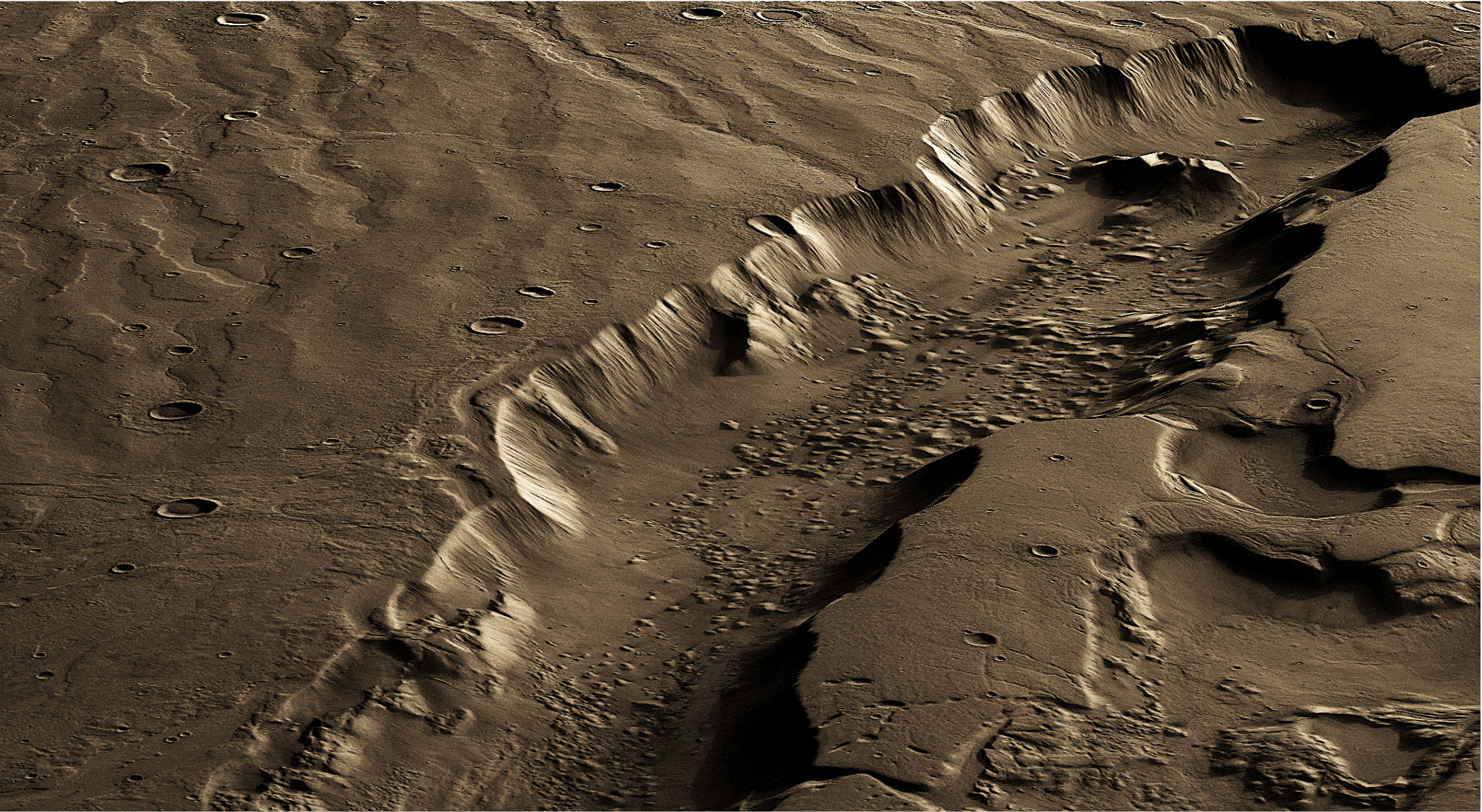
Best Region For Life on Mars Was Far Below Surface
The most habitable region for life on Mars would have been up to several miles below its surface, likely due to subsurface melting of thick ice sheets fueled by geothermal heat, a Rutgers-led study concludes. The study, published in the journal Science Advances, may help resolve what’s known as the faint young sun paradox – a lingering key question in Mars science.
Rutgers Astronomer Receives Packard Fellowship for Innovative Young Scientists
New Brunswick, N.J. (Oct. 15, 2020) – Blakesley Burkhart’s childhood days spent volunteering at a science museum and watching the Discovery Channel and sci-fi shows sparked her love of science and fascination with the stars. “These were the beginning years…
Research reveals an enormous planet quickly orbiting a tiny, dying star
MADISON – Thanks to a bevy of telescopes in space and on Earth — and even a pair of amateur astronomers in Arizona — a University of Wisconsin–Madison astronomer and his colleagues have discovered a Jupiter-sized planet orbiting at breakneck speed around a distant white dwarf star.
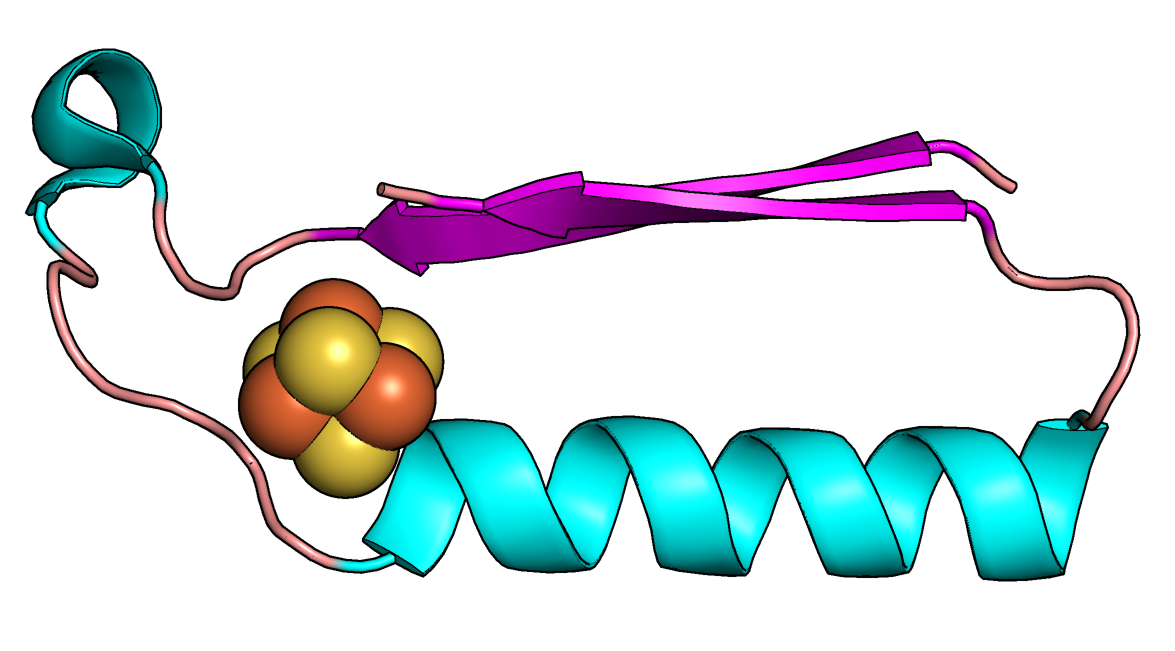
Scientists Have Discovered the Origins of the Building Blocks of Life
Rutgers researchers have discovered the origins of the protein structures responsible for metabolism: simple molecules that powered early life on Earth and serve as chemical signals that NASA could use to search for life on other planets. Their study, which predicts what the earliest proteins looked like 3.5 billion to 2.5 billion years ago, is published in the journal Proceedings of the National Academy of Sciences.
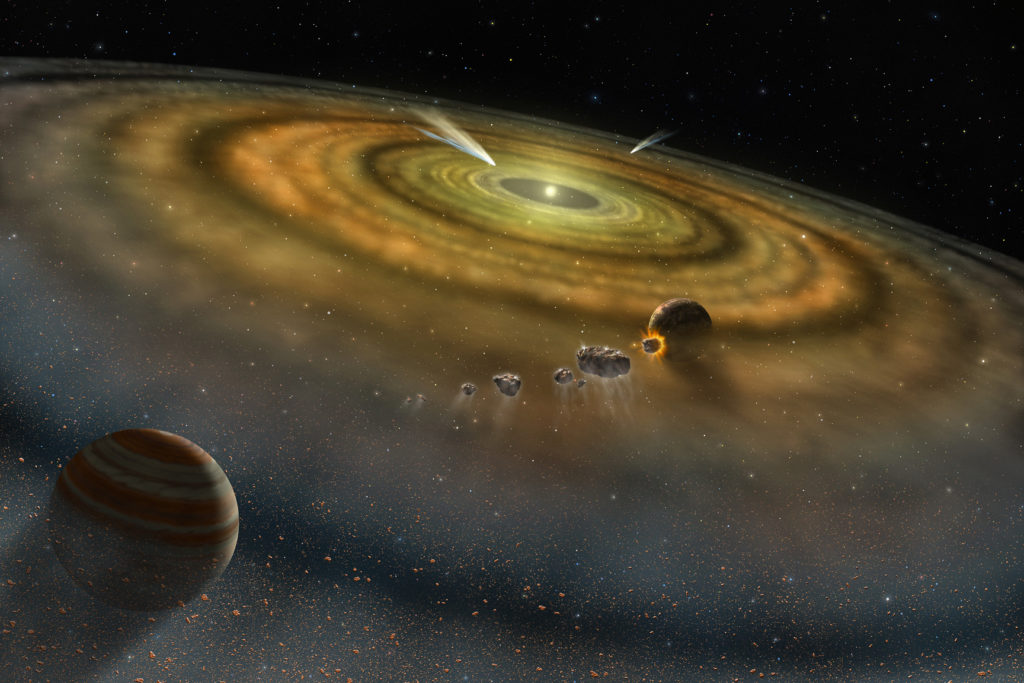
Meteorites lend clues to origins of earliest history of solar system
Lawrence Livermore National Laboratory (LLNL) scientists and a collaborator from the University of Münster reviewed recent work that shows how meteorites exhibit a fundamental isotopic dichotomy between non-carbonaceous (NC) and carbonaceous (CC – rocks or sediments containing carbon or its compounds) groups, which most likely represent material from the inner and outer solar system.
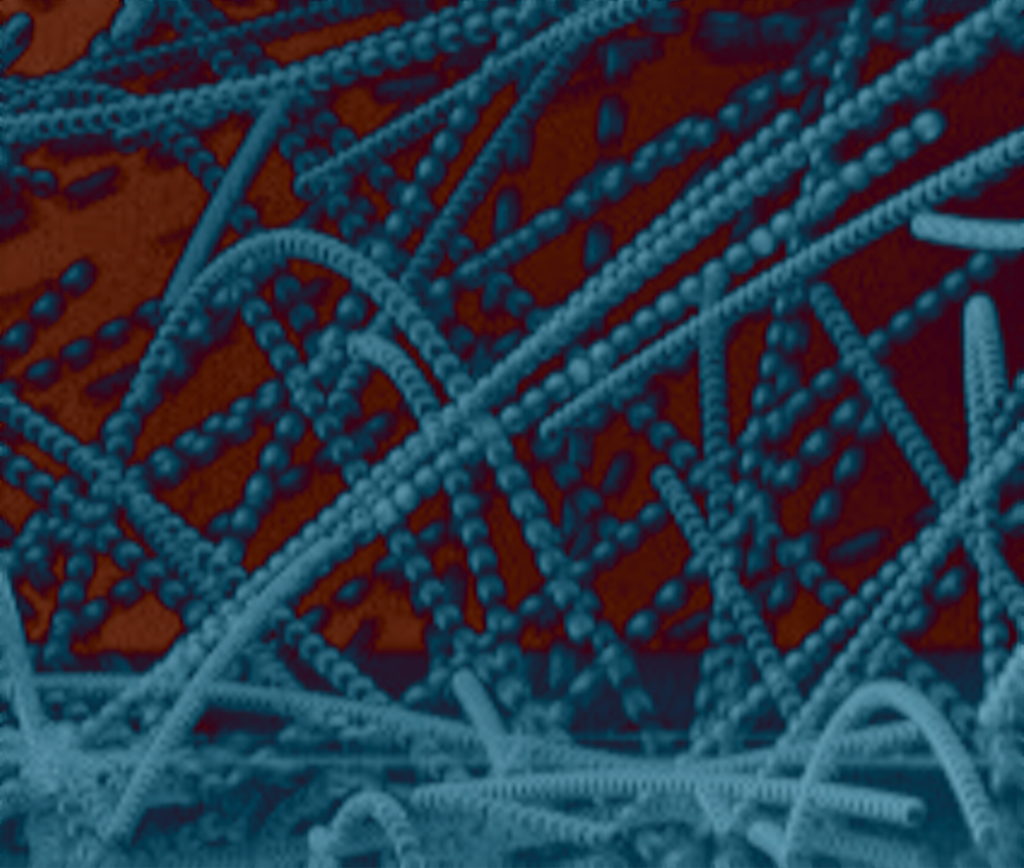
How Planets May Form After Dust Sticks Together
Scientists may have figured out how dust particles can stick together to form planets, according to a Rutgers co-authored study that may also help to improve industrial processes. In homes, adhesion on contact can cause fine particles to form dust bunnies. Similarly in outer space, adhesion causes dust particles to stick together. Large particles, however, can combine due to gravity – an essential process in forming asteroids and planets. But between these two extremes, how aggregates grow has largely been a mystery until now.